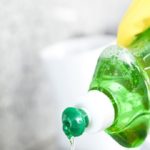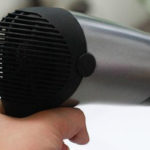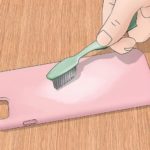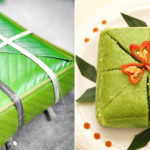1. Baking Powder
Baking powder is a dry mixture consisting of Bicarbonate Soda, a small amount of starch to keep the other ingredients dry, and one or several acids to generate Carbon Dioxide gas for leavening in baked goods. Almost all baking powders used today are double-acting baking powders, meaning one acid reacts at room temperature when the liquid is added and another acid reacts when heated.
Baking powder will lose quality over time, so it needs to be stored in a sealed bag or container in a dry, cool place. To test if baking powder is still good, you can mix ½ teaspoon of baking powder with about 50ml of hot water. If you see bubbles and hear a sizzling sound, it means the baking powder is still good.
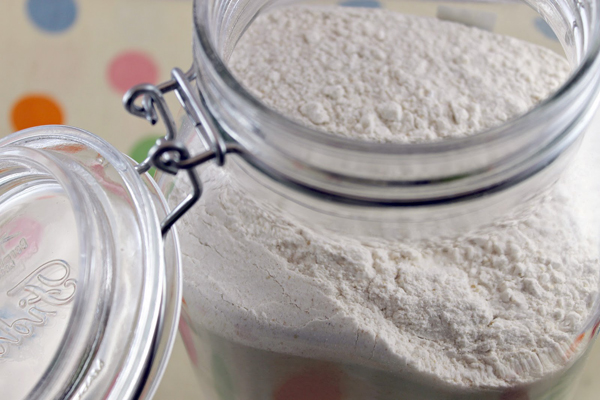
When baking, many people believe that increasing the amount of baking powder will result in more rising. This is completely wrong. Using too much baking powder will result in a dense and coarse finished product, along with a very unpleasant taste. On the other hand, if you use too little baking powder, the baked goods will not rise fully and will be less fluffy.
If you increase the amount of eggs in a recipe, reduce ½ teaspoon of baking powder for each additional egg, and vice versa.
2. Baking Soda
Also known as Bicarbonate of Soda, baking soda is used in baking recipes to make the baked goods more fluffy, and in cooking it is used with a very small amount to tenderize meat faster. Baking soda is also a very effective odor neutralizer. When you open a box of baking soda in the refrigerator, it will absorb all the odors. Dissolving baking soda with warm water, you have a very effective cleaning solution for the inside of the refrigerator. It can also be used as an emergency toothpaste.
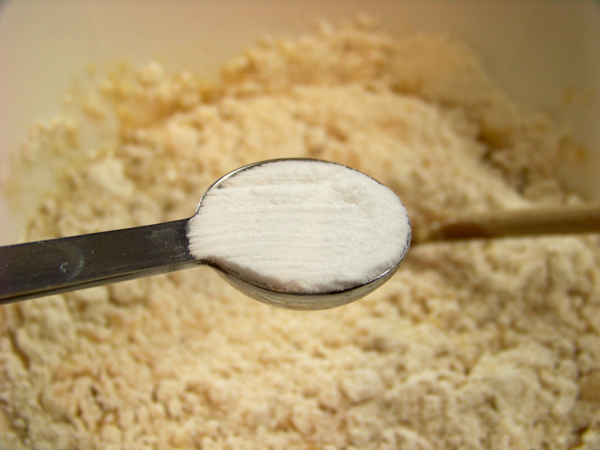
In some old cookbooks, you may see instructions to add baking soda to broth or boiling water to keep the colors of vegetables vibrant. However, this is completely not recommended as baking soda will destroy vitamins and give a bitter taste. To keep the color and vitamins in vegetables, it is best to add a little salt to the boiling water and cook with high heat.
3. Yeast
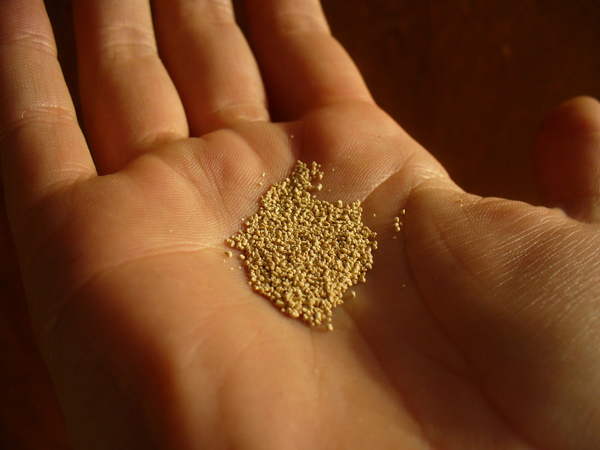
Keep yeast in a dry, cool place such as a pantry or refrigerator. Exposure to air, heat, or humidity will reduce the activity of the yeast. After opening, store yeast in a sealed bag and use within 3 – 4 months.

























